Taranto is a city in Apulia with deep historical roots and is known as “the city of the two seas” because of its unique location between the Mar Grande and Mar Piccolo. Ancient Taranto, founded by the Greek people around the 8th century B.C. under the name Taras, was an important center of Magna Graecia. Its strategic location and port made Taranto an important center in the Mediterranean. Evidence of its past can be seen in the ancient city’s archaeological park, with its Greek walls and necropolis. Over the centuries, Taranto has also seen a succession of Roman and Byzantine dominations, which have influenced the city through its architecture, in its traditions and local culture. Taranto’s strategic importance remained relevant even during the medieval and Renaissance periods, when it became a center of power under Aragonese and Spanish rule. Among its main attractions are the Cathedral of San Cataldo, the oldest in Apulia, with its crypt and sacred artworks; the Aragonese Castle, the seat of several dominations; and the National Archaeological Museum, MArTA, which preserves artifacts from prehistoric to Roman times. So here are the ten places to visit to better understand its history.
The history of Taranto’s antiquities dates back to the 15th century, when one of the oldest convents was built by the noble Del Balzo Orsini family. The building fervor of the last decades of the nineteenth century led to the discovery of numerous artifacts of great artistic and historical value, and in 1887, the establishment of the National Museum of Taranto was decreed, the first “territorial” museum in Apulia, which became a focal point for archaeological protection. In 2007 and 2013, the sections dedicated to Hellenistic funerary culture and the Roman and medieval ages were opened to the public, while in 2014, the National Archaeological Museum of Taranto completed the setting up of the upper floor, dedicated to the prehistory and protohistory of Apulia and the city and necropolis of Taranto from the Archaic and Classical ages, which was opened in July 2016. Some of the artifacts preserved at the museum have become milestones for all visitors: the terracotta female head from the 4th century B.C., the Zeus of Ugento from 530 B.C. or even the basalt Statue of the god Thot from the 4th century B.C. Also not to be missed are the Ori of Taranto, the refined goldsmithing of Magna Graecia.
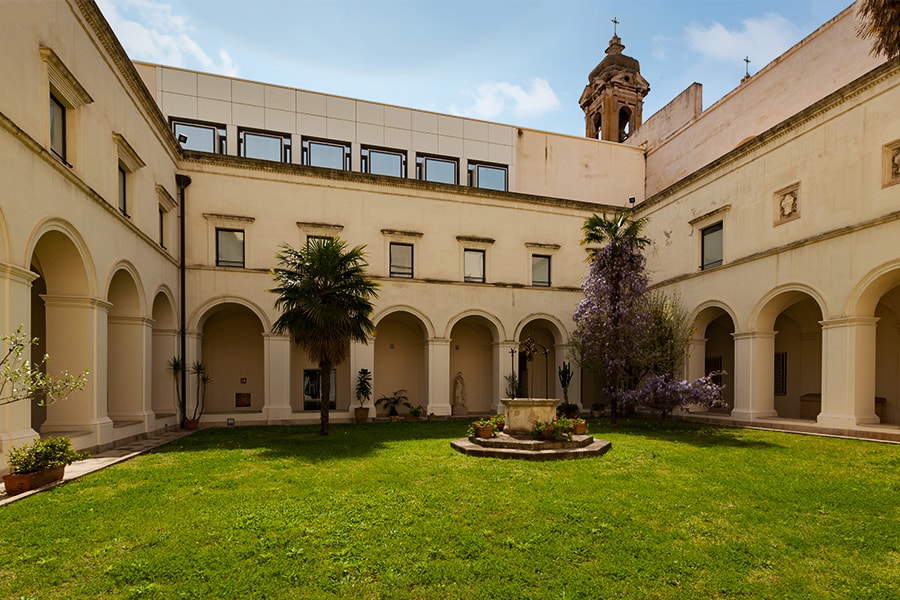
The Spartan Museum of Taranto - Hypogeum Bellacicco (MISpa), documents the historical eras from the founding of Taranto in the 8th century B.C., to the 17th century, the date of the construction of the Palazzo de Beaumont Bonelli above. The Bellacicco Hypogeum is divided into four rooms with heights ranging from five to eight meters, covering an area of about 800 square meters. A visit to the museum allows one to traverse two thousand years of history and events that have marked city life. It descends about 16 meters below street level and 4 meters below sea level, exploring an area of 800 square meters. Of particular note are Spartan caving benches, the remains of a Greek road segment, 17th-century water pipes, and a tunnel that crosses the road to reach directly to the sea.
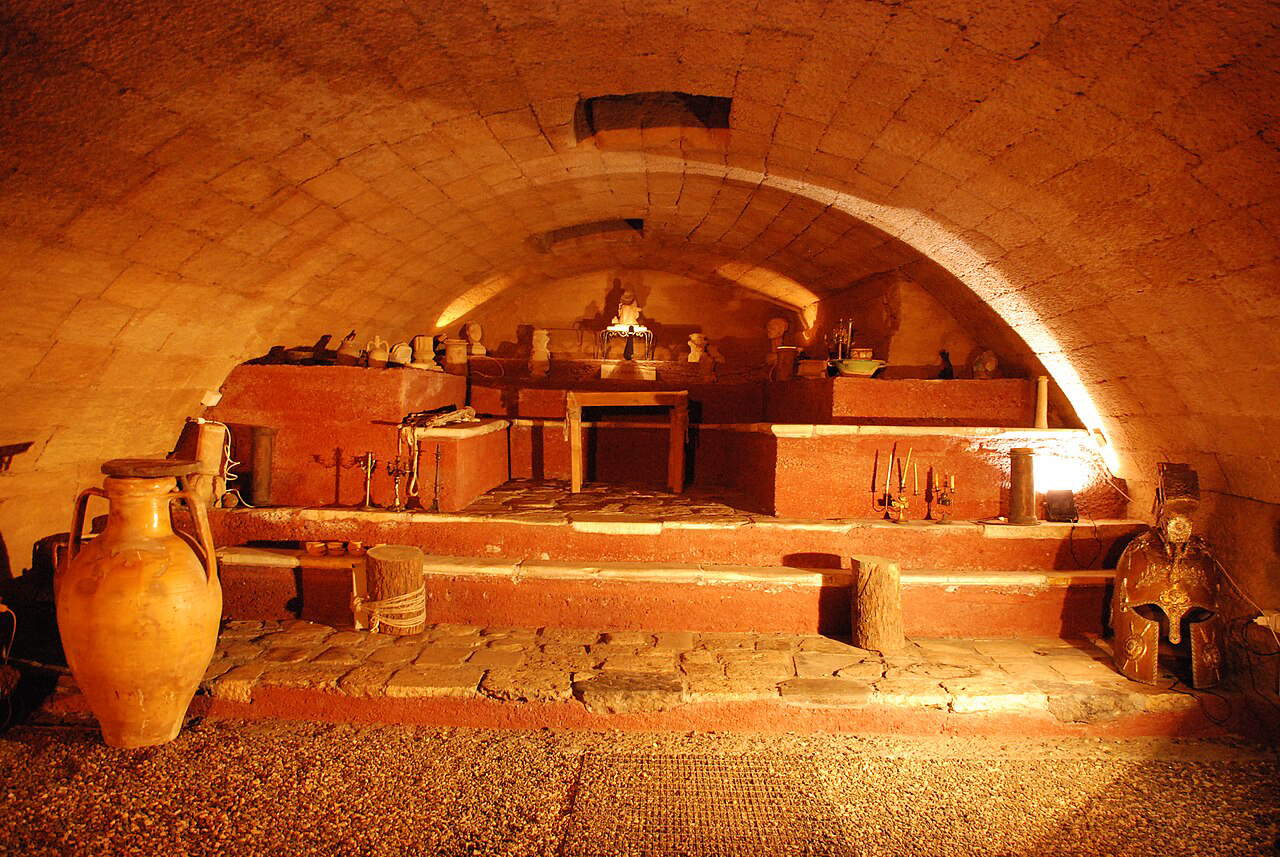
Taranto’s Aragonese Castle, also known as Castel Sant’Angelo, guards the island on which the old city stands. It dates back to 780, a time when the Byzantines began construction of the fortress to defend themselves against attacks by Saracens and the Republic of Venice. Originally, the castle featured tall, narrow towers used for fighting. In 1481 a first navigable canal, narrower than the present one, was created to facilitate the passage of small boats and improve the defense of the castle. The castle had two exits with drawbridges: the Ponte del Soccorso bridge to the Borgo and the Ponte dell’Avanzata bridge to the old town. With the arrival of the Habsburgs in 1707, the castle lost military importance and became a prison, but with Napoleon Bonaparte it resumed its defensive function. Inside the castle, the Chapel of St. Leonard, reconsecrated in 1933, can be visited. The torture room, whose vault has a central hole that amplified the prisoners’ screams, psychologically intimidating other inmates, can also be visited.
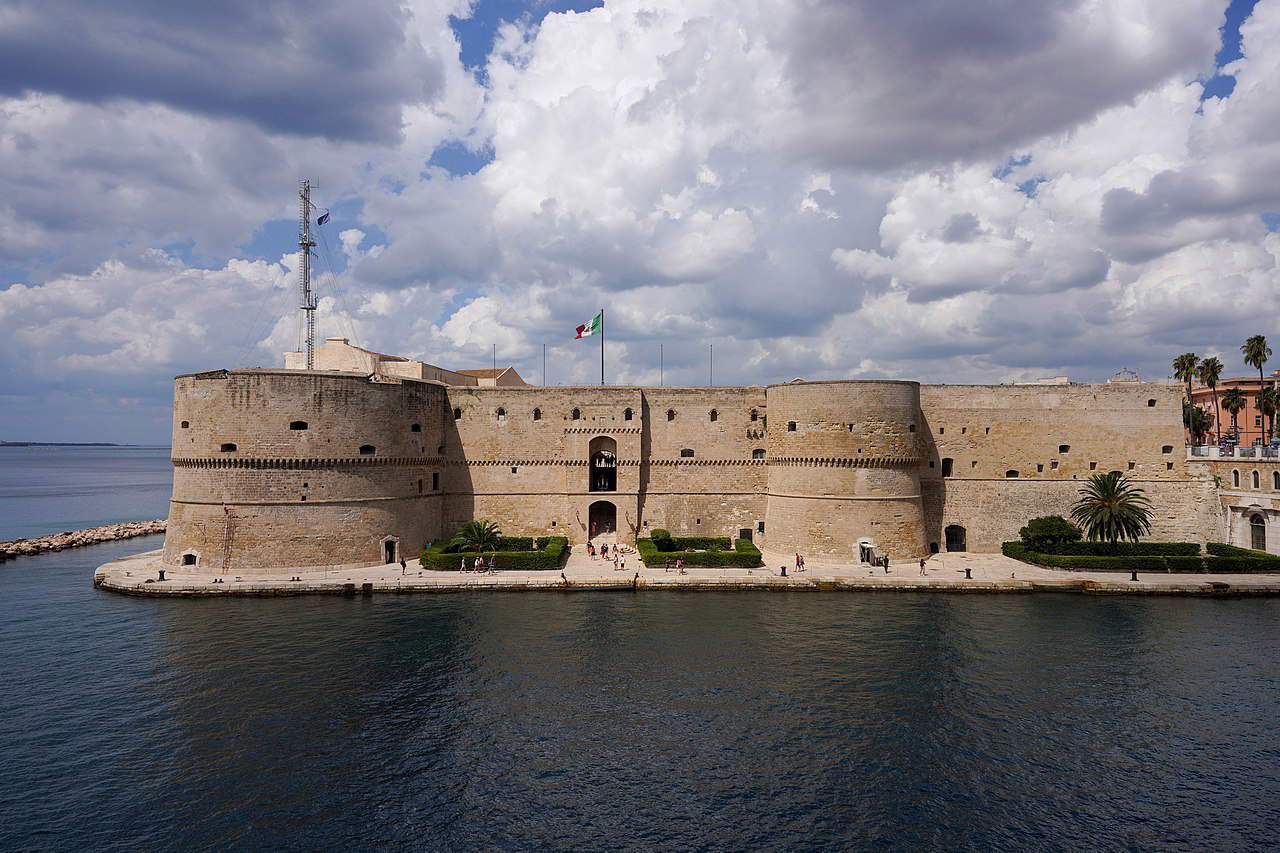
The Columns of Taranto, in Piazza Castello, are what remains of a temple dating from the early 6th century BC. Its ruins probably dedicated almost certainly to a female deity, were part of one of the main temples located on the city’sacropolis. Dating the temple to the first twenty-five years of the 6th century B.C. makes it the oldest in all of Magna Graecia. Initially, the temple was a simple structure probably built of wood and unbaked bricks, and over time, it acquired increasingly monumental dimensions until it was abandoned, probably with the Roman conquest of the city. It is also conceivable that as early as the 10th century AD a small Christian church had been carved out of the area; this presence is attested until the late Middle Ages.
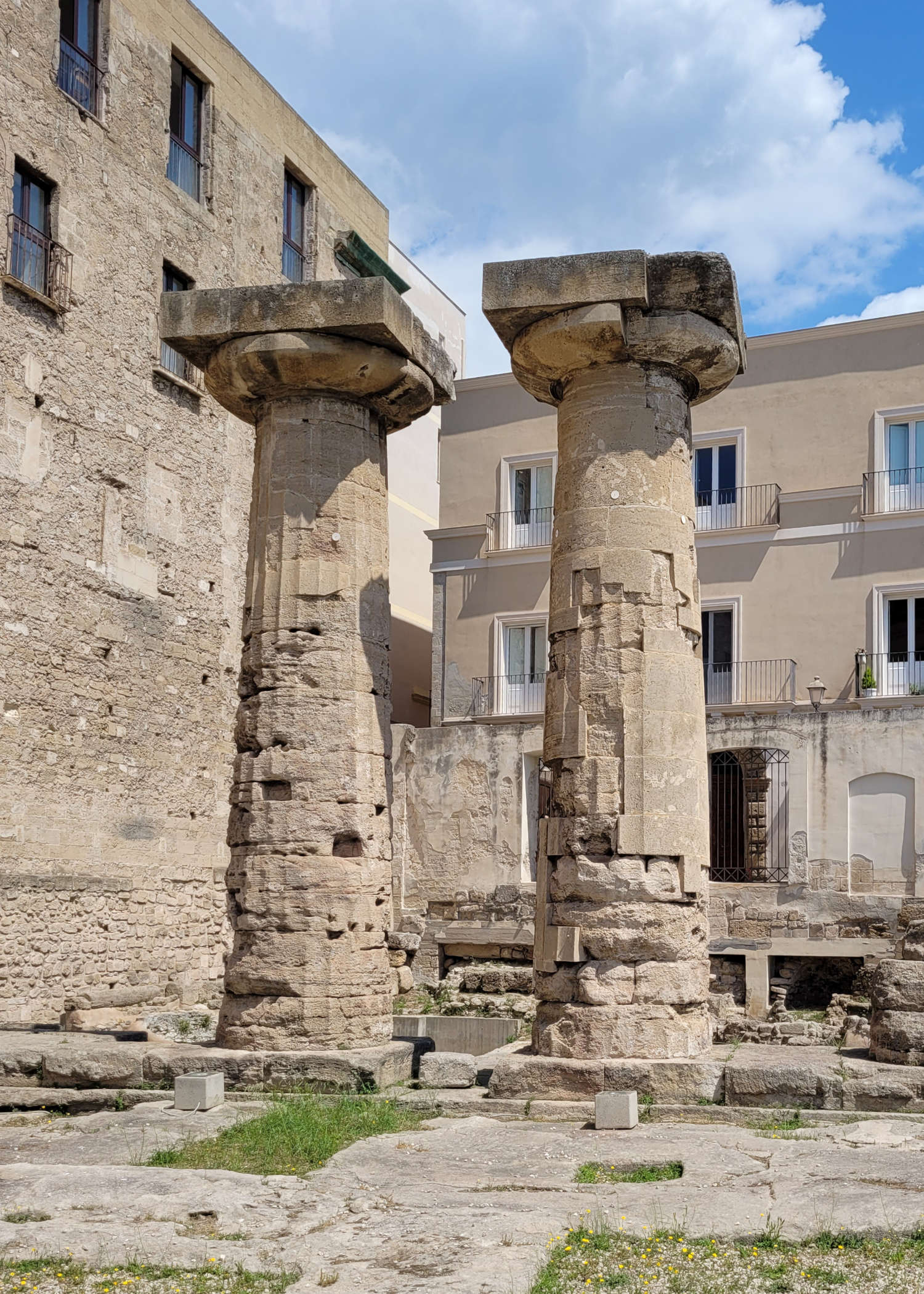
The Cathedral of San Cataldo in Taranto is the oldest cathedral in Apulia. The first structure, probably dating from the 5th century AD, was remodeled in the 10th century by Emperor Nicephorus II Foca and today represents the result of multiple restoration works. The main entrance leads to the nave, which is characterized by ancient Greek and Roman columns and capitals, traces of medieval floor mosaics, and a grandiose coffered ceiling of wood and gold, enriched by statues of the Assumption and St. Cataldo. Archaeological excavations have also unearthed a burial ground from the Lombard period, dated between the 7th and 8th centuries AD. On either side of the high altar are two large chapels. On the left side, the Chapel of the Blessed Sacrament is decorated with large 17th-century canvases by Molinari, while the marble altar statues are the work of Giuseppe Sammartino. Inside the altar are the mortal remains of St. Cataldo, discovered near the Baptistery in 1071, while the niche with silver doors holds the silver statue of the city’s patron saint. The Chapel of San Cataldo is one of the most interesting Baroque structures in the region.
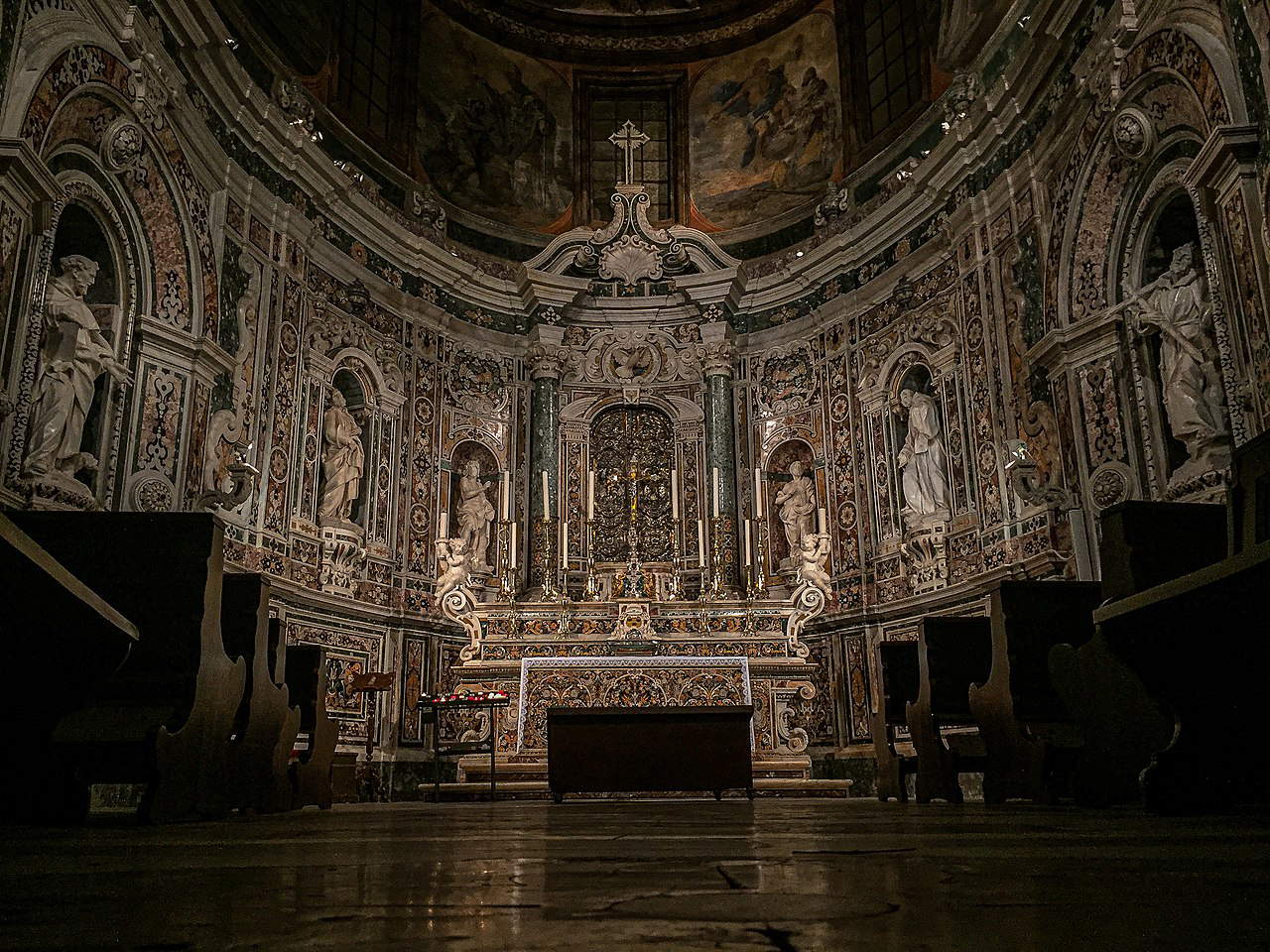
The church of San Domenico, originally known as the church of San Pietro Imperiale, is a Romanesque-Gothic church located in the heart of Taranto’s Old Town. Its construction was completed around 1360. Before becoming a church, the area housed a Greek temple from the Archaic period, later rebuilt in the 5th century BC. Later in the 11th century, the Benedictine abbey of St. Peter Imperial was erected on the remains of the Greek temple. Excavations conducted in the 1990s also uncovered traces of occupation dating back to the Neolithic period, from the 6th millennium B.C. onward, and shows traces of Mycenaean frequentation. The remains of the 10th-8th century B.C. Iapigian settlement were later supplanted by the Spartan colony of Taras. Also of special significance are the remains of a temple located on the acropolis of the Greek city, corresponding to the area of the present church and convent.
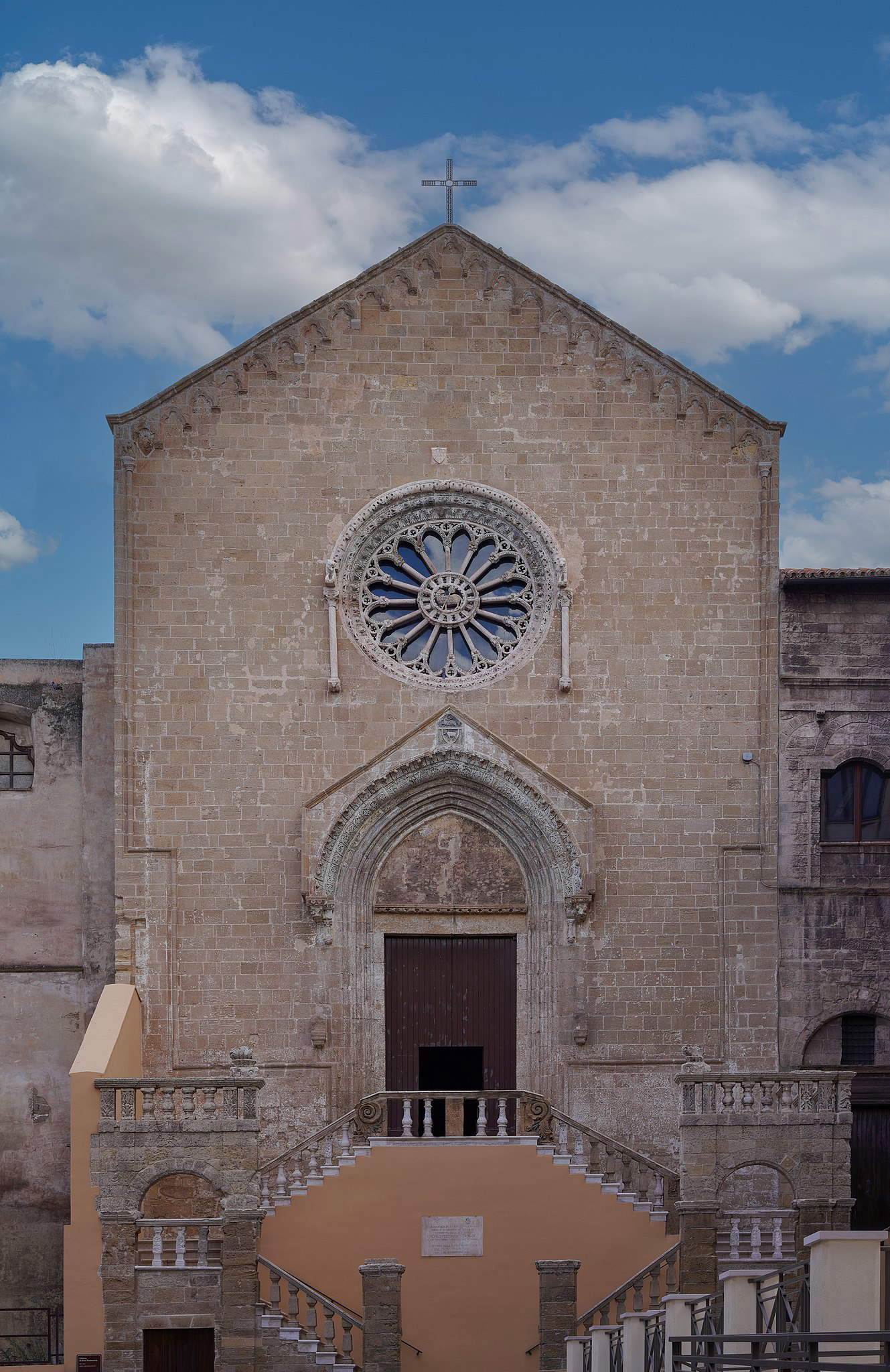
The Diocesan Museum of Taranto presents a tour with 36 exhibition rooms divided into seven thematic sections that include more than 300 works of art, covering a time span from the 7th century to the 21st century. The exhibits include a wide range of sacred art, ranging from early Christian artifacts to Baroque and contemporary works. With its rich collection, the Diocesan Museum of Taranto stands as an important institution for the city and for knowledge of its religious and artistic history. Inside are preserved: a tapestry made of byssus, a fine yarn obtained from the pinna nobilis made in Taranto; ivory crucifixes of the Flemish school; precious altar furnishings made of ivory, mother-of-pearl, coral and lapis lazuli; and a tabernacle door consisting of a carved topaz weighing 1.5 kg.
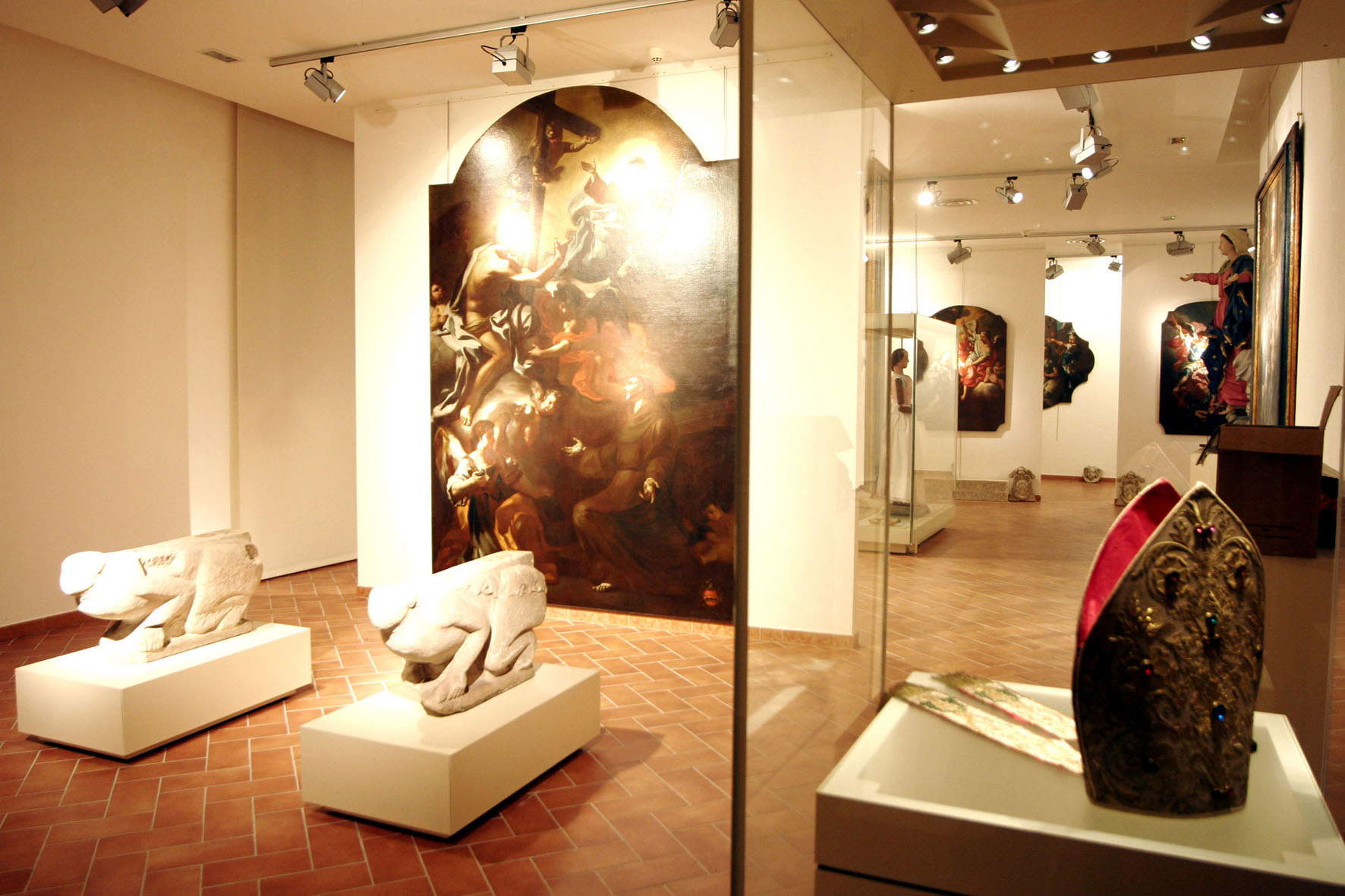
In the modern quarters of Taranto that have taken the place of the Greek necropolis, it is possible to visit some of the city’s most significant tombs, including the Tomb of the Athletes, where members of a male association that valued athleticism and symposium were buried, dating from the early 5th century BC. The other chamber tombs, dating from the Hellenistic period, are decorated with colorful plasterwork and meander motifs that still retain all their splendor today.
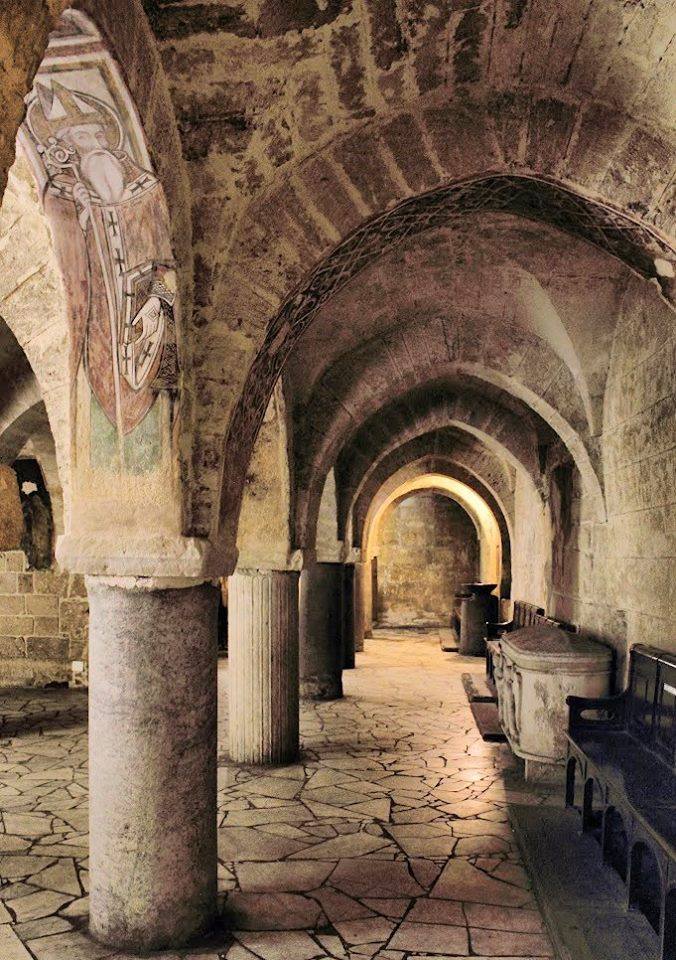
The archaeological park of the Greek walls in Taranto, or Collepasso Park, presents evidence of the ancient fortifications that surrounded the city, dating from the late 5th and early 4th centuries BC. The walls were an integral part of the defenses that protected the town to the east, all the way to the coast of the Mar Piccolo. In the same area there are numerous cores of burials, dating from the late 5th to the early decades of the 4th century BC. The tombs vary in type, from sarcophagus tombs to those with pits carved into the rock face. During a later period, the area was exploited for agricultural purposes, as indicated by the presence of irrigation canals connected to wells, which formed a complex water network used for rainwater and spring water. Currently, the area is undergoing restoration and enhancement work to redevelop it as an archaeological park, integrating the ancient remains with large green spaces equipped for cultural visits.
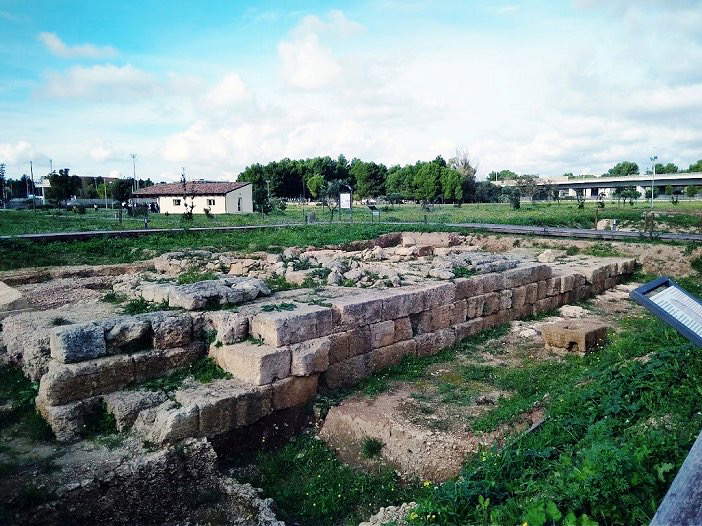
The Co-Cathedral of the Great Mother of God, conceived by designer and architect Gio Ponti and built between 1964 and 1970, is an example of modern architecture that integrates tradition and innovation. The cathedral was designed to be the religious center of the city of Taranto. The project also included the construction of a school, an auditorium and some housing, but these were never fully realized. Gio Ponti wanted to integrate modernity with the traditional canons of Apulian religious architecture. His facade is characterized by white reinforced concrete baffles, which create a light and perforated effect, while the white color is a tribute to local tradition. Ponti also wanted to give the cathedral an imposing character that would match the spirituality and sacred function of the building. To date, the Co-cathedral is part of FAI, the Italian Environmental Fund.
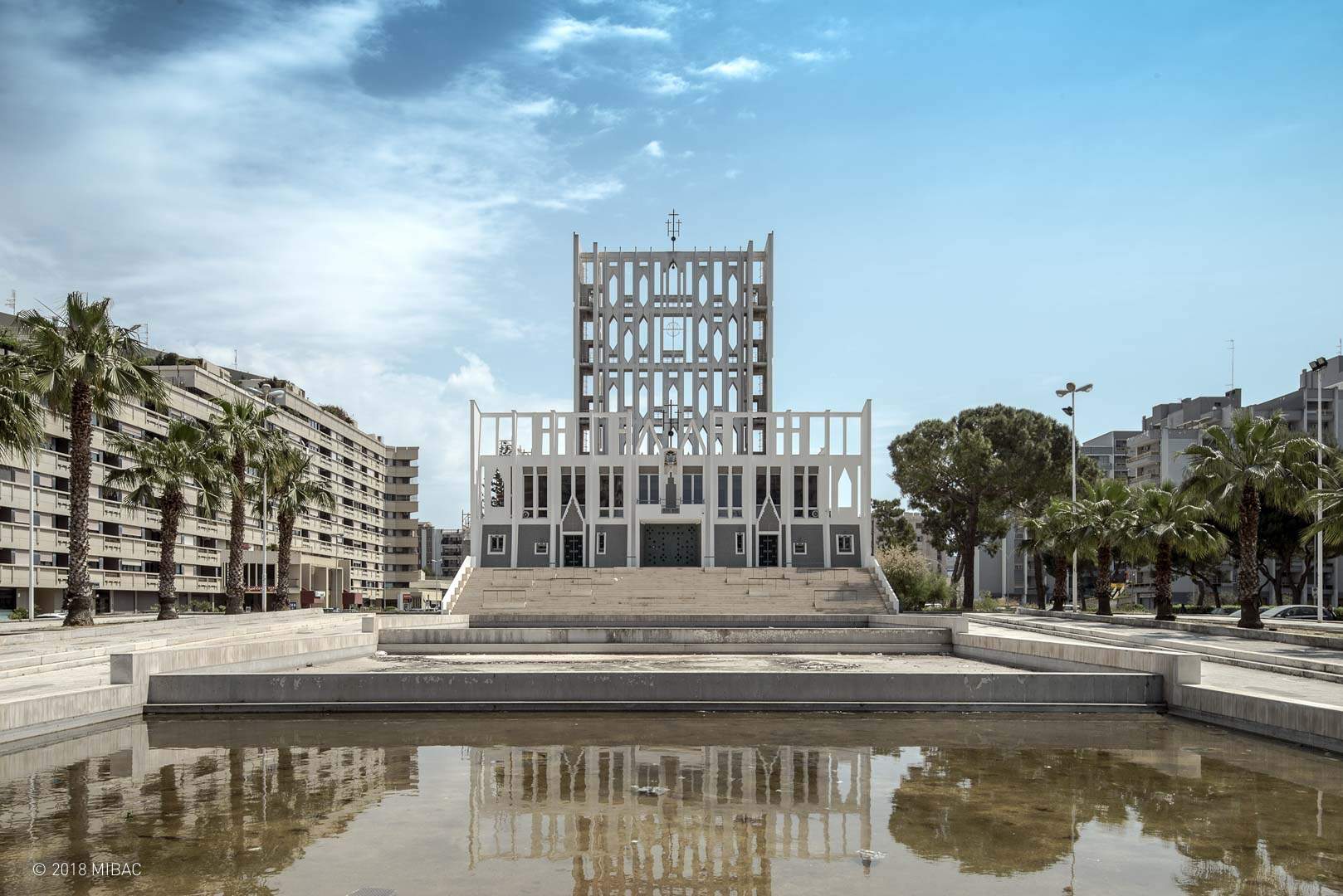
 |
| Taranto, what to see: 10 places in the city at the center of Magna Graecia |
Warning: the translation into English of the original Italian article was created using automatic tools. We undertake to review all articles, but we do not guarantee the total absence of inaccuracies in the translation due to the program. You can find the original by clicking on the ITA button. If you find any mistake,please contact us.